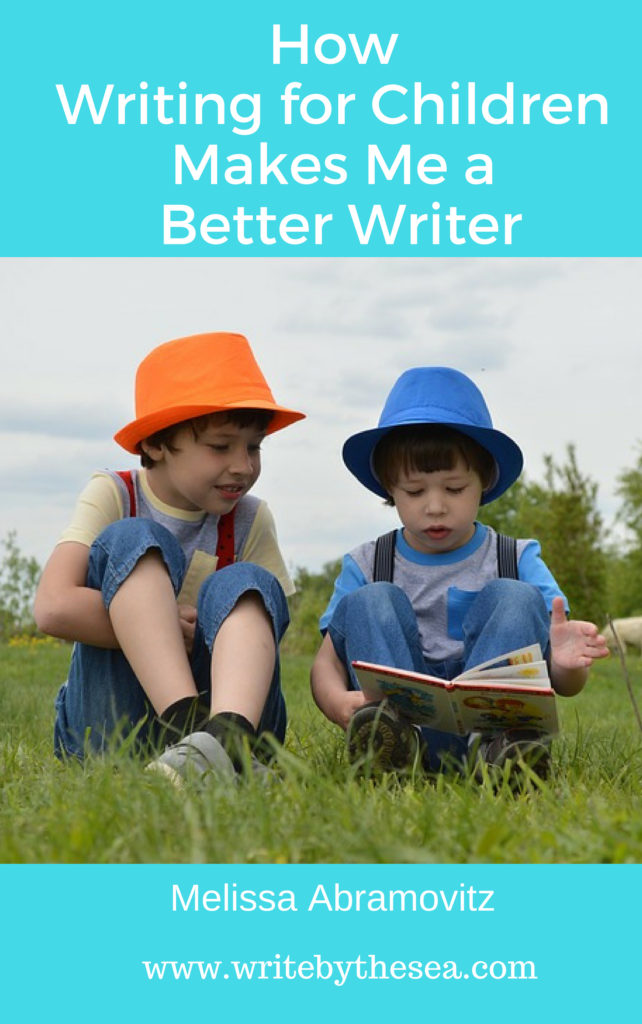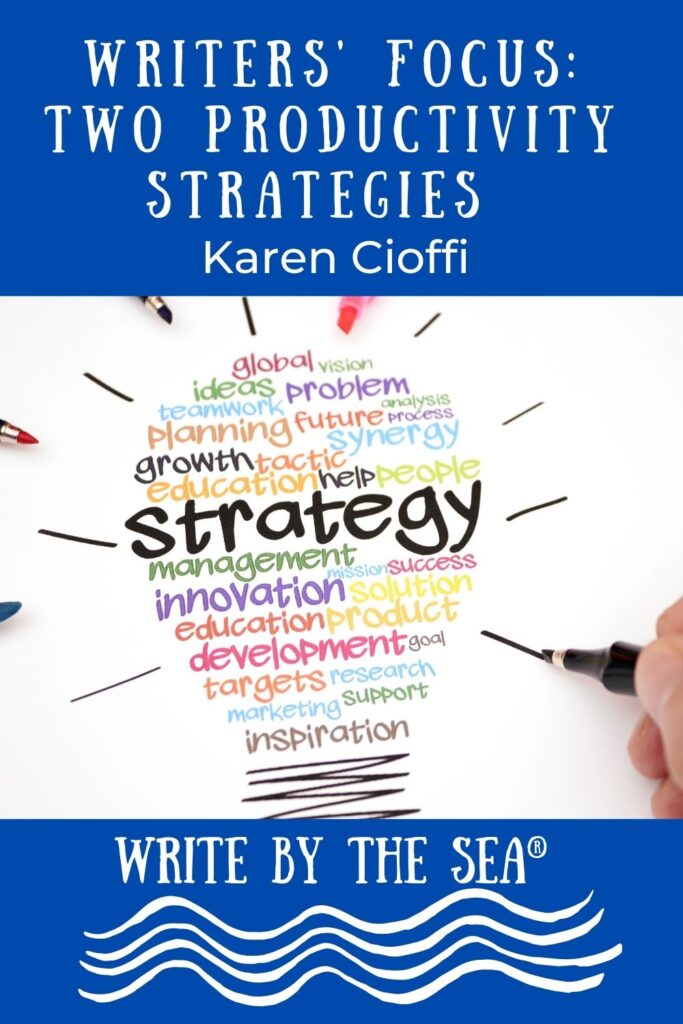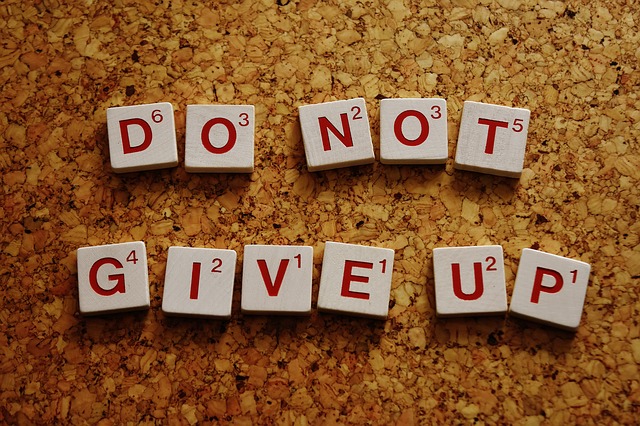A guest post from children’s author Melissa Abramovitz

I write for all age groups, from preschoolers through adults, and one comment I’ve heard many aspiring authors make is “I want to write for children because it seems so much easier than writing for grownups.”
Often, aspiring authors look at children’s picture books, which have a limited number of words and simple vocabulary, and assume that it’s easy to come up with story ideas and to craft this type of material.
In fact, before I started writing professionally, I often looked at children’s picture books and said to myself that I could probably write much better books than many that had been published – to me, it appeared that these authors spent a total of five or ten minutes on the project.


The Truth
I soon discovered how wrong these preconceived notions were.
In fact, I discovered that writing for children is much more difficult than writing for adults.
So, why write for children?
Well, I also discovered that writing for children has made me a better writer overall.
One thing that makes writing for children difficult is that every word and idea must be age-appropriate and understandable for the age group at which the book or story is directed.
This requires an author to become familiar with the capabilities and interests of children of different ages.
Another challenging aspect of writing for children is that word count limits are very strict, and it’s difficult to convey what you want to convey in the limited space allowed.
Indeed, I find that writing what appear to be the simplest stories or articles (of about 150 to 200 words) are actually the most difficult.
These stories are usually written for preschoolers or kindergartners, and authors who are assigned these projects are expected to present quite a bit of nonfiction information or a complete fictional story within these strict word limits.
Deciding what to include and what to leave out after doing nonfiction research or after outlining a fictional story is the most challenging part; every single word must be important, and the story must be engaging for youngsters.
When the end product is viewed or heard, it may appear that writing and revising this type of story is quick and easy.
However, the end product reflects countless hours of unseen author education, planning, writing, revising, and polishing, just like a seemingly-effortless performance by an Olympic figure skater reflects thousands and thousands of hours spent practicing the jumps, turns, artistry, and everything else that looks effortless.
The more practice and work the skater has invested, the more effortless the performance looks; the same goes for a well-written story.
The well-chosen, well-put-together words in a children’s story may look like they flowed easily from the author’s mind to the printed page, but in reality the end product grew from unseen writing classes, conferences, critique groups, and dozens of edits and rewrites.
How Has It Made Me A Better Writer?
Of course, it is not necessary for everyone who writes for adults to hone their skills by writing for children.
However, since many authors like me who write for children and adults notice how much writing for children helps overall writing skills, it is worth noting why this is true.
First of all, writing for children has taught me to express myself simply, briefly, and clearly.
I have learned to avoid unnecessary fluff and to convey a fact or idea in the fewest possible words without being boring.
Many editors call this “tight” writing.
I call it writing “light, tight, and bright,” and I spend a lot of time teaching my freelance editing clients (no matter what age group they are writing for) how to do it because otherwise, I’m sure that the book and magazine editors to whom they submit material will tell them to tighten up their manuscripts.
Secondly, writing for children has taught me to clearly explain complex topics without talking “down” to anyone.
I’ve learned to explain things, like how the Internet works to first and second graders or how complex principles of physics apply to the motion of athletes’ bodies to middle school students.
I’ve learned that the critical element in developing the ability to do this is truly understanding the subject matter.
This often requires me to stretch out of my comfort zone and learn about things and concepts I previously did not understand.
For instance, I never really understood physics and complex mathematics in high school and college because the equations used in these fields overwhelmed and scared me.
So, when I needed to really understand some aspect of these disciplines for writing assignments, I asked experts to help me out by explaining difficult concepts in the simplest possible language.
And I found that I really started “getting it.”
This helped me explain these concepts simply and clearly to kids of different ages because I really understood them for the first time in my life.
Understanding the subject matter, however, is not enough.
Even though professors and such truly understand their fields of expertise, many have trouble explaining difficult concepts to non-experts.
That’s why book and magazine editors usually hire me and other experienced children’s authors, rather than scientists and doctors and professors, to write books and articles for children and teenagers.
Even though I am not an expert in whatever the topic may be, I know how to do good research and to ask experts the right questions to help me understand the topic.
I can then use my knowledge about writing for children to make these topics accessible and understandable for children.
It’s also why many editors have hired me, rather than experts, to write articles for popular women’s or consumer magazines for adults.
Yes, some experts do a good job of explaining things so ordinary grownups can understand what’s being explained, but most of them don’t.
Thanks to years of honing my ability to clearly explain things to children, I’ve learned how to do this for adults as well.
Whether your goal is to publish material for children, teenagers, or adults, the tricks of the trade used by accomplished children’s writers can be valuable tools for helping you achieve your goal.
About Melissa Abramovitz


She has published hundreds of magazine articles and more than 50 educational books for children and teenagers.
She also does freelance editing and critiquing and writes short stories, poems, and picture books, and is the author of the acclaimed book for writers, A Treasure Trove of Opportunity: How to Write and Sell Articles for Children’s Magazines.
Melissa graduated summa cum laude from the University of California, San Diego with a degree in psychology and is also a graduate of The Institute of Children’s Literature.
She is a member of SCBWI and a frequent contributor to writebythesea.com.
Visit her website at www.melissaabramovitz.com






